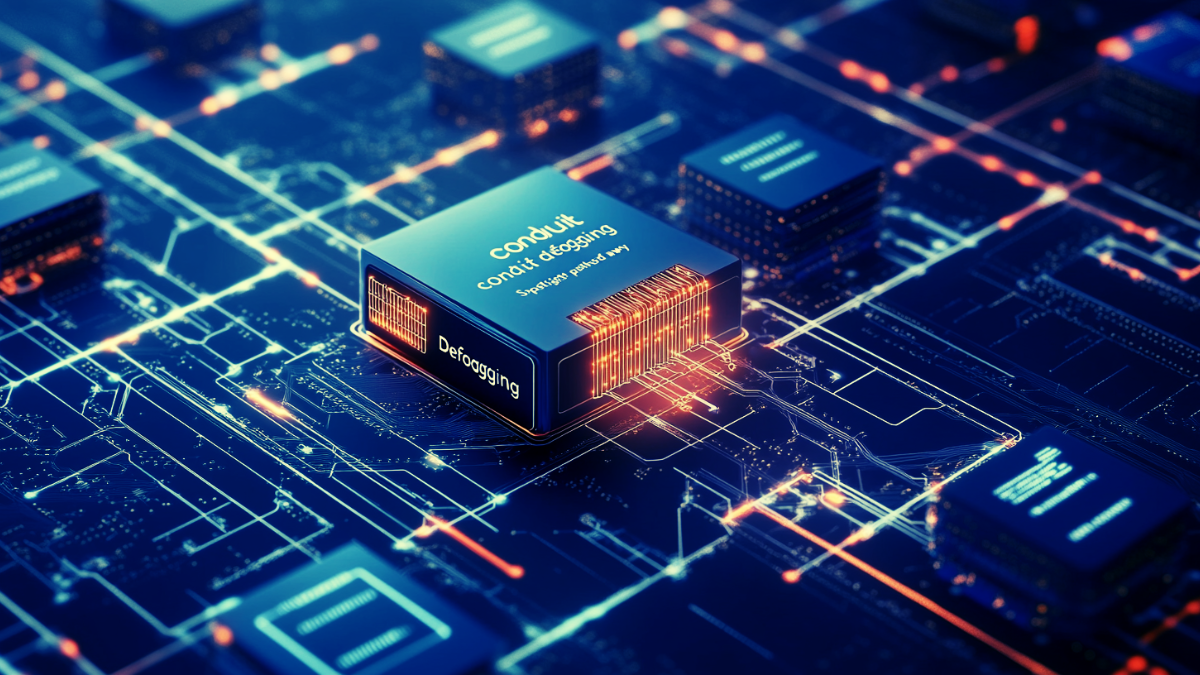
Blockchain RPC is one of the most misunderstood pieces of blockchain infrastructure — and it’s time to set the record straight.
Blockchain RPC is the silent workhorse behind every transaction, every swap, every NFT mint — but few understand what it really does. Misunderstood, blamed, or ignored, it is the middleman keeping Web3 running.
RPC stands for Remote Procedure Call. It’s a tech term that sounds complicated but boils down to this — it’s how your apps talk to the blockchain.
If blockchains are the banks, RPC is the teller who takes your request and passes it along. Without RPC, your fancy Web3 apps wouldn’t be able to fetch data or send transactions.
Yet, in crypto conversations, RPC often gets treated like a ghost. But let’s cut through the noise.
Below, we unpack the biggest myths about blockchain RPC — what it really is, what it does, and why understanding it matters.
Reality: RPC is not the blockchain itself. Think of RPC as the messenger, not the ledger.
The blockchain is a sprawling, decentralized database. It holds the truth: who owns what, which transactions happened, and what the rules are.
RPC, meanwhile, is the communication line. It carries your wallet’s requests to the blockchain and delivers responses back.
When your transaction hangs or your wallet shows errors, it’s easy to blame the blockchain — but most of the time, the problem lies with the RPC node you’re connected to. Nodes can lag, crash, or get overwhelmed, but that doesn’t mean the blockchain itself is broken.
Case in point: Infura, a major RPC provider, suffered a widespread outage in 2021. Ethereum kept running, but apps relying on Infura froze. Users thought the chain was down. It wasn’t. The RPC endpoint was.

Reality: RPC does a lot more than just pull data.
RPC endpoints handle both reading data from the blockchain and broadcasting new transactions. When you send crypto or interact with a smart contract, RPC delivers your instruction to the network.
That means RPCs face constant pressure. Bots, spam transactions, rate limits — they all strain these gateways. When an RPC is congested, everything slows. Your wallet might stall. Transactions might take longer. And you don’t even see what’s happening behind the scenes.
Reality: RPC providers vary widely in speed, reliability, and privacy.
Some RPCs throttle users or charge fees. Others log your activity — including IP addresses — which can be a privacy risk. Most Web3 users unknowingly rely on a handful of large providers like Infura, Alchemy, and QuickNode. That centralizes a crucial part of the network’s infrastructure.
For a space built on decentralization, putting so much trust in a few RPC middlemen is an uncomfortable paradox.
Reality: The blockchain almost never crashes. It’s robust by design.
When MetaMask or other wallets get stuck, it’s usually the RPC endpoint they’re connected to acting up. That stalled “Confirm” button? Often, the RPC node is overwhelmed or offline.
This subtle distinction matters. Misplacing blame on the blockchain feeds misunderstandings about how Web3 works.

Reality: You can switch RPC endpoints in your wallet settings — and you should.
Many wallets let you swap RPCs, pointing your app to different nodes or providers. Doing this can speed things up, avoid outages, and sometimes give you access to additional features.
Yet most users don’t know this is an option. They stick to default settings, unaware they can dodge slow or broken RPCs by switching.
Reality: Decentralized RPC networks exist, but they’re still niche.
Services like Pocket Network and Ankr offer alternatives to centralized providers, aiming to build censorship-resistant, distributed RPC infrastructure. But running reliable RPC endpoints is expensive and technically challenging.
Public RPCs offered by blockchain projects — like Shibarium or Polygon — are helping by providing dedicated, trusted endpoints for their ecosystems. These efforts matter because they reduce dependency on third-party RPC middlemen.
Learn how to change RPC settings in your wallet. Next time a transaction stalls, check if the RPC node is down before panicking about the blockchain.
Keep an eye on projects working to decentralize RPC infrastructure. The future of Web3 depends not only on decentralizing the ledger but also the gateways to that ledger.
If blockchains promise decentralization, but most users rely on a few centralized RPC gateways, what does that mean for Web3’s trust model? The answer isn’t clear yet — but understanding the real role of RPC is the first step toward fixing it.